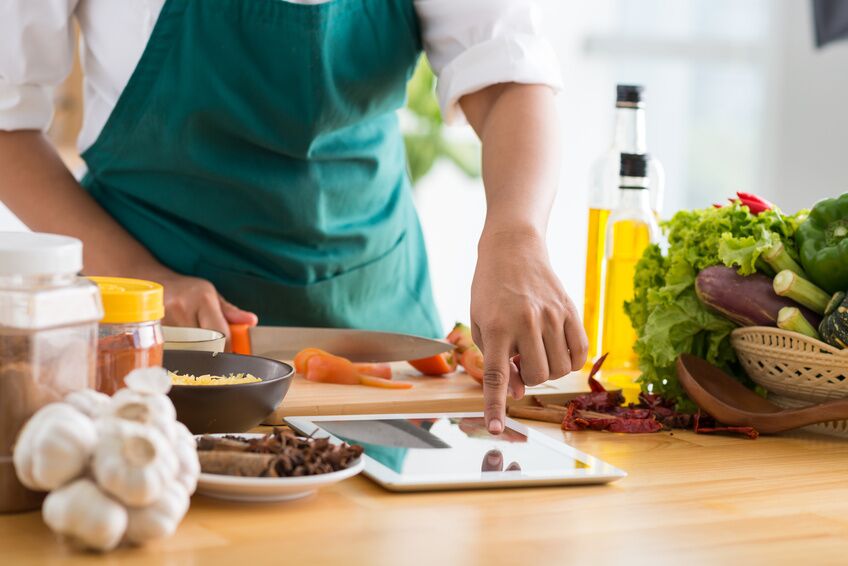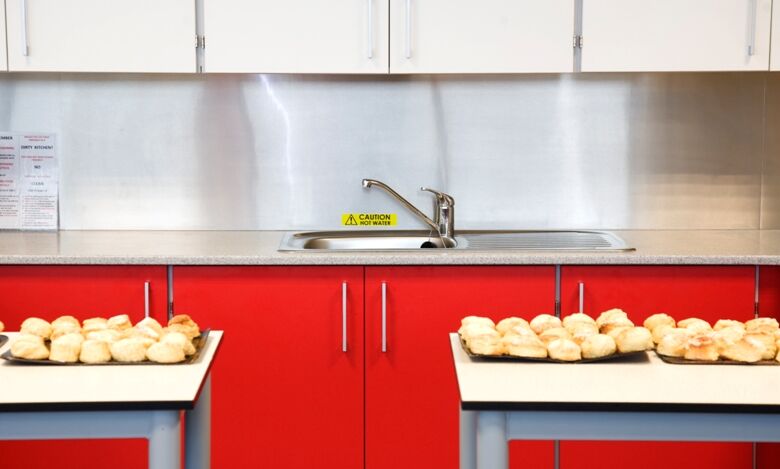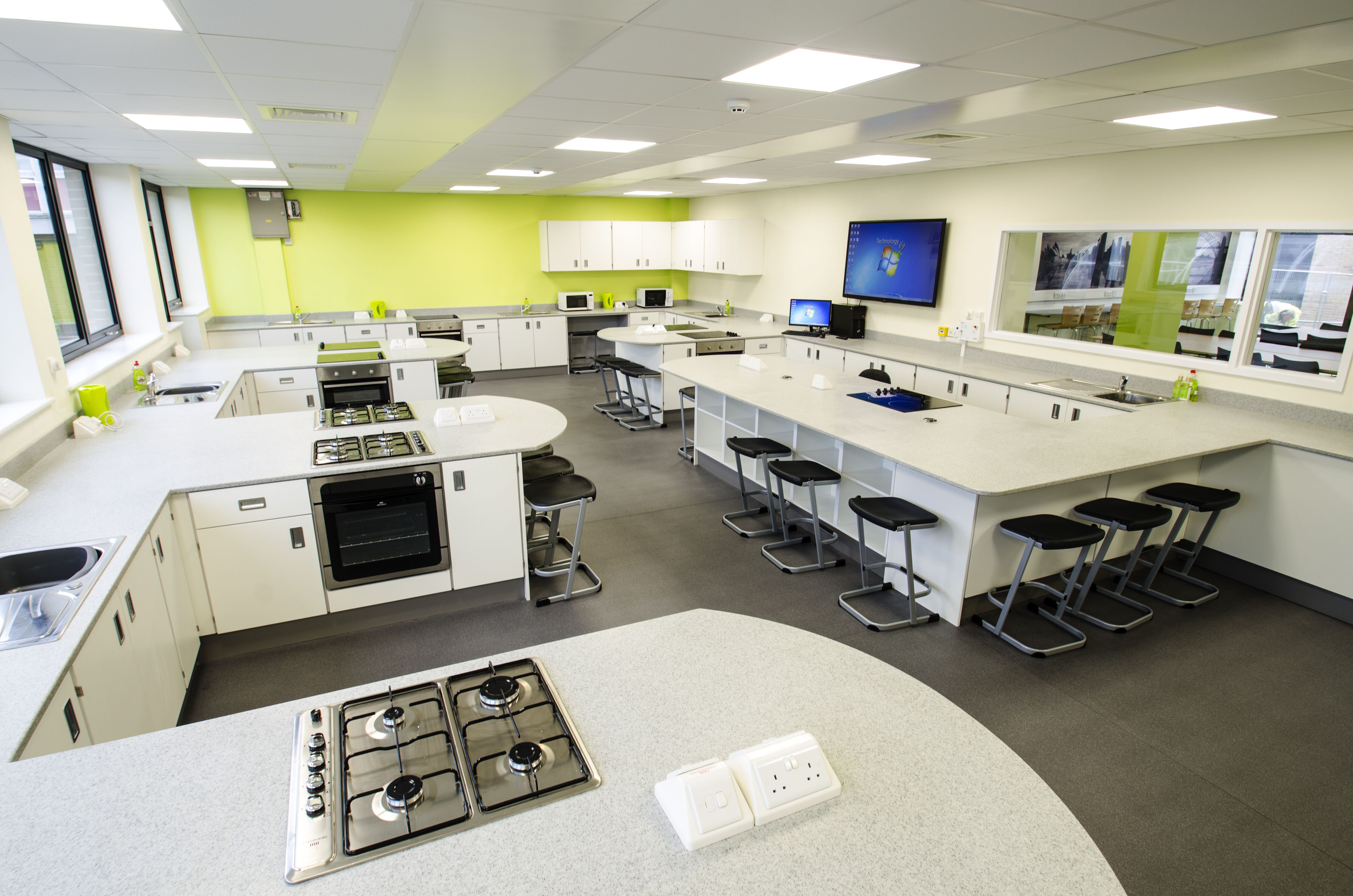How to incorporate CAD and CAM in Food Technology lessons
Nutritional Analysis
How to Incorporate CAD and CAM in Food Technology Lessons? Food technology has evolved significantly over the years. In the past, students were taught domestic kitchen basics such as boiling an egg or baking a cake; food technology was primarily designed to prepare students for life away from their parents or guardians. Modern food technology curriculums incorporate a wider variety of tasks for students including the analysis of nutritional values in the foods they are preparing.
Nutritional analysis packages can help model the energy and nutrients provided by food products – further helping students understand the importance of food in providing energy and sustinence for the body. Students are able to use CAM programs to determine the results of multiple combinations of ingredients using ‘What If?’ exploration – helping them arrive at elegant solutions for potential problems.

Accurate Designs
CAD programs can helps students create more accurate designs and plans for their practical cooking projects. Incorporating different textures, greater accuracy can be achieved using relevant ICT tools and graphical packages.
Exploring the interaction of ingredients, students will be able to accurately determine the functional properties of food. This is important for younger students who may have limited practical cooking experience and knowledge about how foods react when exposed to elements such as heat, cooling, room temperature storage and oxygen deprivation.

Practical Factors
Students are able to investigate the practicalities of food packaging, storage and labelling with CAD and CAM programs. Helping them understand the importance of food storage and the consequences of improper food treatment can help encourage students to treat food safety and avoid potentially dangerous practices.
Giving a greater scientific understanding of microbiological considerations, CAM programs can help students consider the mould-free shelf life of food products.
Responsible Portioning and Costing
Preparing the students for professional food production as well as home economic tasks, CAM can help students understand portion sizing and portion costing. Measuring these figures against retail prices, students are able to generate recipes and ingredients lists which could be profitable and commercially viable.
Spreadsheet programs can help students understand the ingredients which reduce the profitability of certain recipes and pinpoint the golden portioning ratio.

Convenient Classrooms
Combining multiple learning disciplines across the learning pyramid can help increase understanding of principles amongst the students, creating a more beneficial, progressive learning environment. A combination of computer-aided learning and traditional learning methods can help a greater percentage of students understand the core concepts of the curriculum and develop their own lines of learning.
At Innova Design, we offer full turnkey solutions to classroom design combining a wide range of teaching tools in an efficient and intuitive work space. Elegant inclusion of computers without inhibiting personal learning space can help students benefit from a wider range of learning methods.


